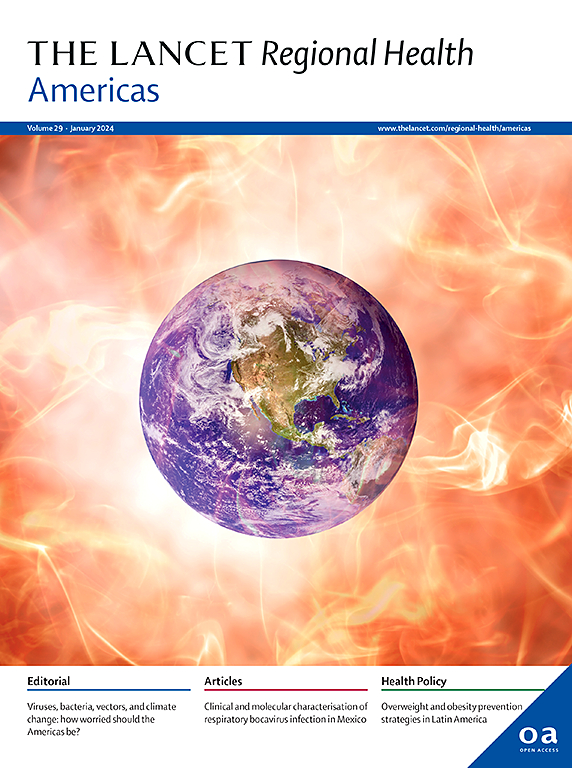The role of demographic and epidemiologic transitions on growing health expenditures in Latin America and the Caribbean: a descriptive study
IF 7
Q1 HEALTH CARE SCIENCES & SERVICES
引用次数: 0
Abstract
Background
Many countries in Latin America and the Caribbean (LAC) have undergone significant economic, demographic, and epidemiological changes. We examined the role of these factors on the growth of health expenditures in several LAC countries.
Methods
Demographic data, disease prevalence, and proportion of current health expenditure (CHE) per capita, by expenditure type, were obtained for several LAC countries. Health expenditure matrices were created for the years 2018 or 2019, disaggregated by age group and ICD-10 Chapter, for seven index countries (Argentina, Brazil, Colombia, Costa Rica, Mexico, Peru, and Trinidad and Tobago).
Findings
Uruguay has largest population over 70 years (11%, n = 378,501), while Honduras has lowest (2.3%, n = 236,783). Barbados and Chile have the greatest proportion of total DALYs due to chronic diseases (>80%), while Bolivia and Guatemala have the lowest (60%). Per capita CHE is lowest in Honduras (<$500) and highest in Panama ($2500). CHE is highest among the 85+ age group, and for circulatory, respiratory, and digestive diseases.
Interpretation
Important differences were observed in health care spending by disease category and age group. Given the ongoing demographic and epidemiological transitions in LAC, health care spending in the area is expected to increase.
Funding
This study was funded by the Inter-American Development Bank.
求助全文
约1分钟内获得全文
求助全文
来源期刊

Lancet Regional Health-Americas
Multiple-
CiteScore
8.00
自引率
0.00%
发文量
0
期刊介绍:
The Lancet Regional Health – Americas, an open-access journal, contributes to The Lancet's global initiative by focusing on health-care quality and access in the Americas. It aims to advance clinical practice and health policy in the region, promoting better health outcomes. The journal publishes high-quality original research advocating change or shedding light on clinical practice and health policy. It welcomes submissions on various regional health topics, including infectious diseases, non-communicable diseases, child and adolescent health, maternal and reproductive health, emergency care, health policy, and health equity.
 求助内容:
求助内容: 应助结果提醒方式:
应助结果提醒方式:


